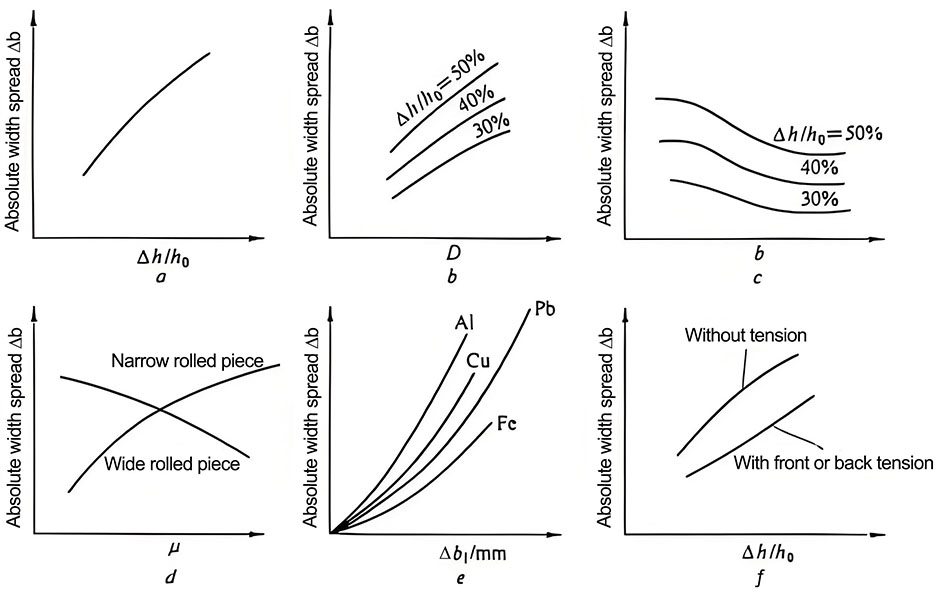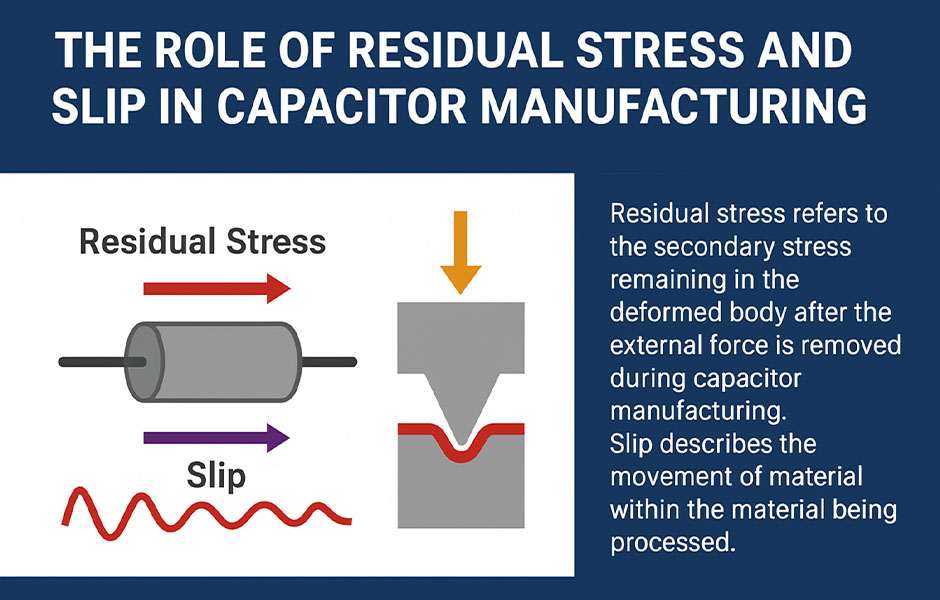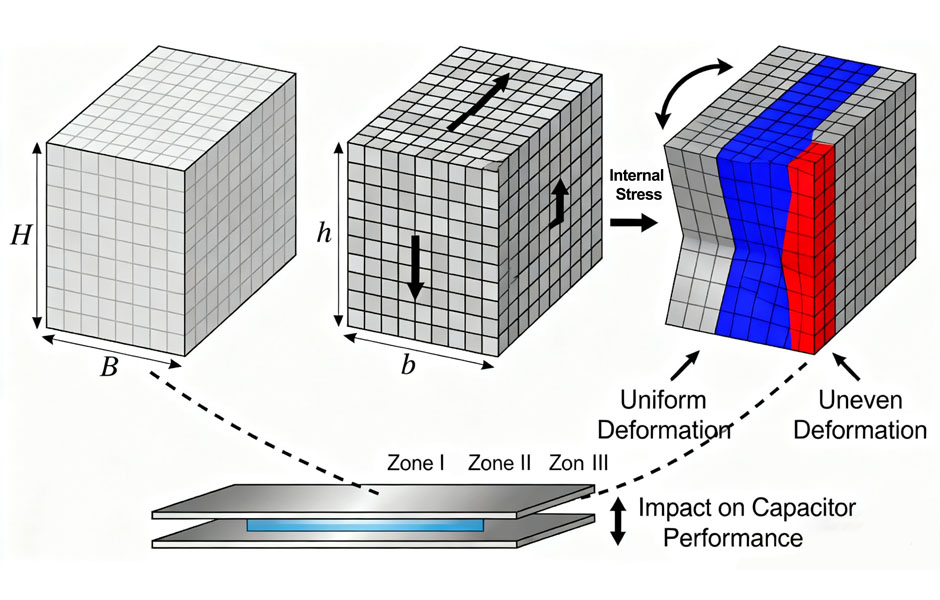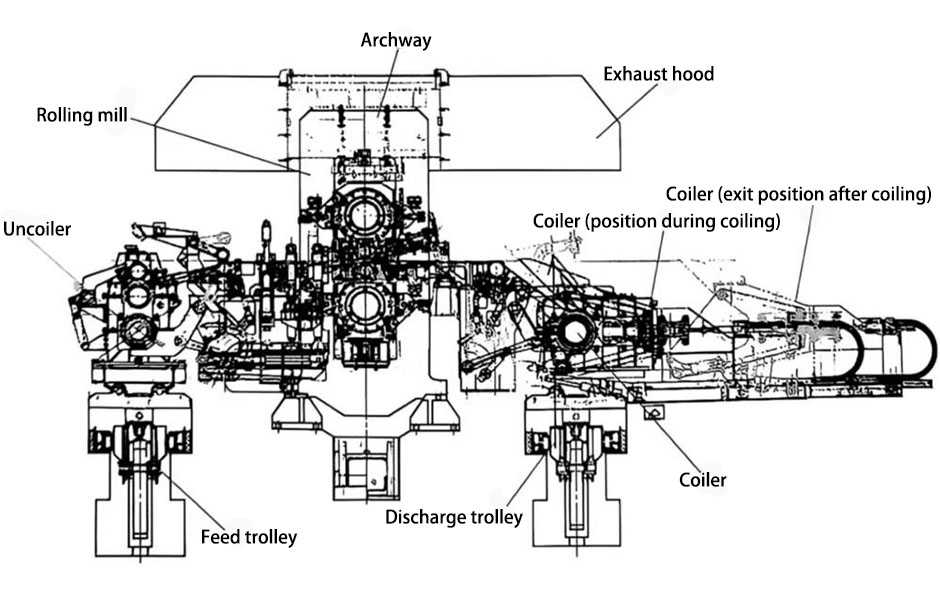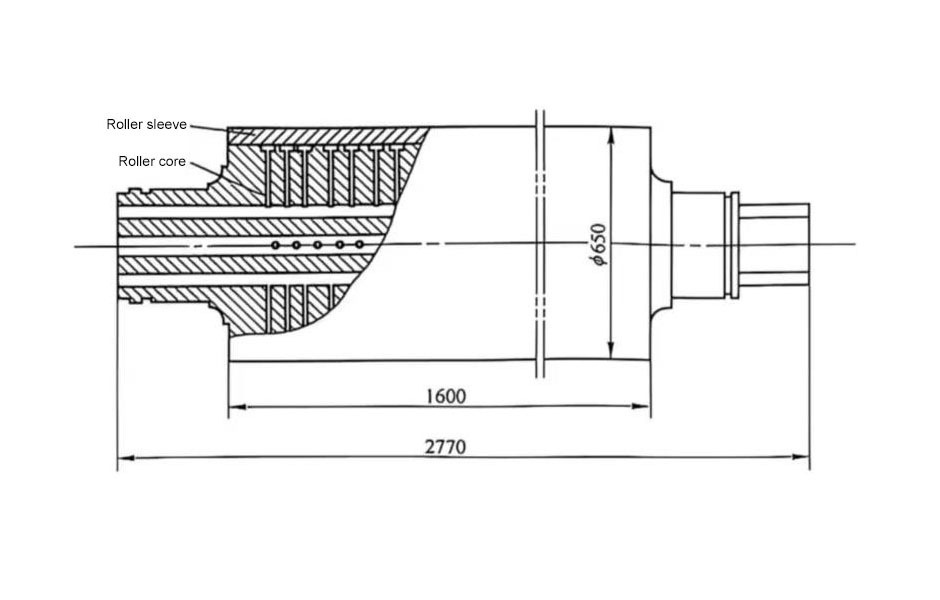Monolithic capacitors are also called ceramic capacitors or ceramic capacitors. The basic structure of a simple dielectric capacitor is composed of an insulated central dielectric layer plus two external current-carrying metal electrodes. The construction of a ceramic capacitor includes three parts: ceramic material, metal inner electrode, and metal outer electrode. The monolithic capacitor is actually a multi-layered layout. Roughly speaking, it is a parallel connection of many simple dielectric capacitors.
As a fundamental component of the electronics industry, monolithic capacitor are used in more and more applications, and are commonly used in various electronic product manufacturing technologies and electronic machines. Computers, air conditioners, refrigerators, washing machines, microwave ovens, printers, fax machines, etc. It is indispensable in the circuit design of many electronic products or power supply parts.
Advantages and disadvantages of monolithic capacitor
The most obvious disadvantage of monolithic capacitors is the relatively high temperature coefficient. Monolithic capacitors have these outstanding characteristics: 1. Small shape, smaller than the shape of metal film capacitors; 2. Large capacitance and stability, with a capacity limit of 10pF to 10uF; 3. Good high temperature and humidity resistance; 4. Pressure resistance High; 5. Small resistance temperature drift coefficient; 6. Small size, good high frequency characteristics.
Because of the above advantages of monolithic capacitors, monolithic capacitors can not only replace mica capacitors and paper capacitors, but also replace some tantalum electrolytic capacitors, which are commonly used in small-shaped and miniature electronic devices.
